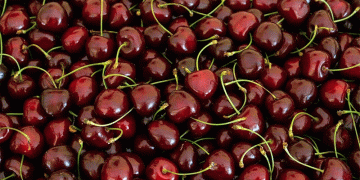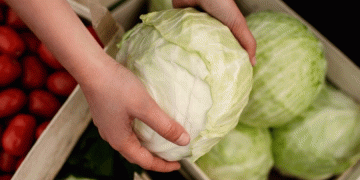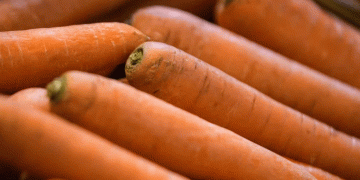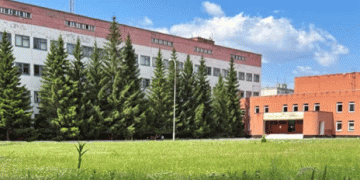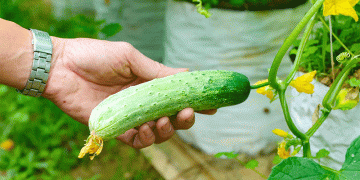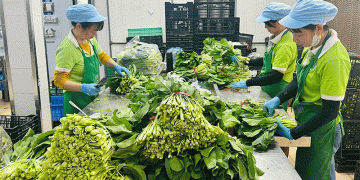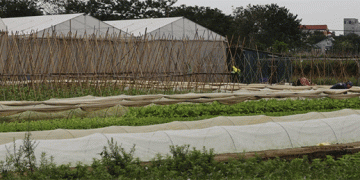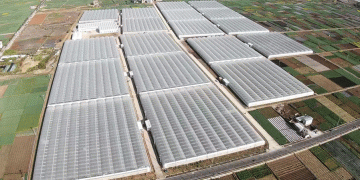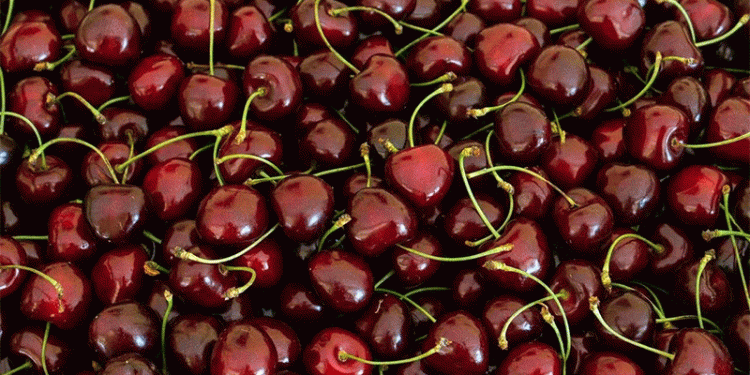The cherry harvest in Lower Saxony has begun significantly earlier than the long-term average, mirroring trends from 2024. This shift is attributed to an unusually early bloom in early April, influenced by warmer spring temperatures—a pattern consistent with climate change effects observed across European fruit-growing regions (source: EU Agrimeteorological Bulletin, 2024).
Yield and Quality Outlook
Martin Kockerols, a stone fruit expert at Lower Saxony’s Chamber of Agriculture (LWK), forecasts yields of 10–12 tons per hectare (12–15 kg per tree), slightly below the 5-year average. While early varieties are thriving, later cultivars like Kordia and Regina may see reduced output. Persistent rain or hail remains a risk, though 75–80% of Niedereelbe’s cherry orchards now use protective roofing to minimize damage (LWK data, 2024).
The Rise of Protected Cultivation
Roofed systems, costing over €100,000 per hectare, are increasingly vital:
- Prevent fruit cracking from rain, improving shelf life and visual appeal.
- Reduce pest pressure (e.g., cherry fruit fly, Drosophila suzukii) via integrated netting.
- Extend market windows by enabling later harvests when Southern European imports decline.
Market Context and Challenges
Lower Saxony expects 4,500 tons of cherries this year, primarily from the Alte Land region (450 ha). Nationally, Germany’s 6,600 cherry farms (5,500 ha) meet only 30–50% of domestic demand, relying on imports from Turkey, Greece, and Spain (Federal Statistical Office, 2024). Local growers aim to offset rising labor costs (linked to minimum wage hikes) by emphasizing premium quality for direct sales and regional markets.
Climate adaptation and investment in protected cultivation are reshaping cherry production in Lower Saxony. While yields may dip slightly, superior quality and strategic timing could bolster profitability. Farmers must balance high upfront costs with long-term resilience against weather and market volatility.
